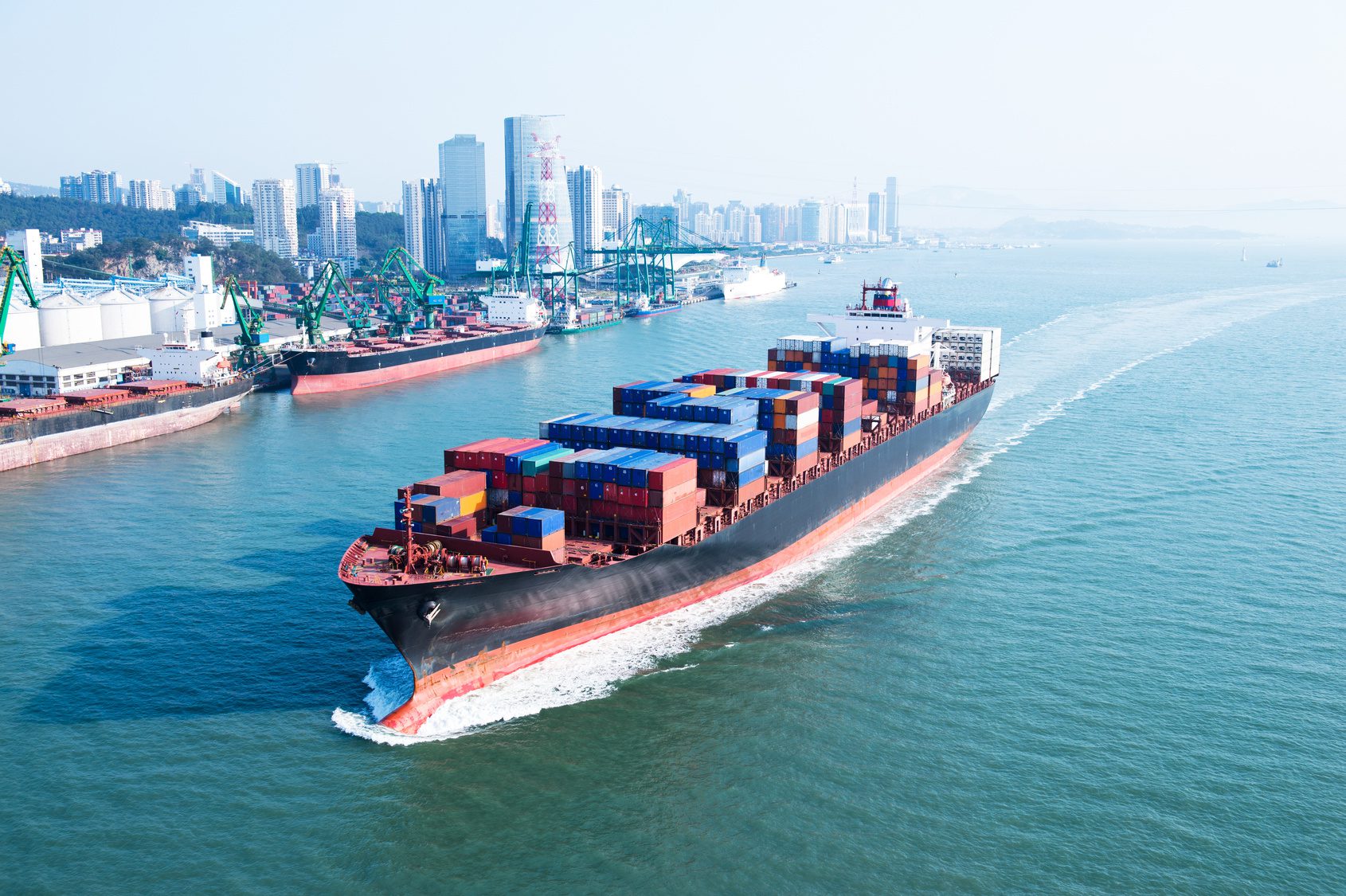346views
 The Euro VI legislation, Europe’s most stringent emissions legislation yet, which applies to all new diesel-engine trucks and buses, came into effect on January 1, 2014. Compared to the Euro V, the Euro VI vehicles are more expensive, due to the inclusion of SCR (selective catalytic reduction) after-treatment, EGR (exhaust gas re-circulation) and a DPF (diesel particulate filter). These Euro VI legislations lower NOx and particulate emissions by 80% and 66%, respectively. Moreover, the implementation of Euro VI is expected to lead to a globalised testing and standards legislation, one which would be in compliance with the USA-equivalent emission limit values. However, it is interesting to note that despite all the advancement, there are no apparent operational benefits (from the adoption of the Euro VI) to end-users.
The Euro VI legislation, Europe’s most stringent emissions legislation yet, which applies to all new diesel-engine trucks and buses, came into effect on January 1, 2014. Compared to the Euro V, the Euro VI vehicles are more expensive, due to the inclusion of SCR (selective catalytic reduction) after-treatment, EGR (exhaust gas re-circulation) and a DPF (diesel particulate filter). These Euro VI legislations lower NOx and particulate emissions by 80% and 66%, respectively. Moreover, the implementation of Euro VI is expected to lead to a globalised testing and standards legislation, one which would be in compliance with the USA-equivalent emission limit values. However, it is interesting to note that despite all the advancement, there are no apparent operational benefits (from the adoption of the Euro VI) to end-users.
Additionally, this legislation driven technological advancement obviously comes at a cost, and CV manufacturers are in a conundrum, wondering how to pass on the price increase to fleet owners, in a market, which is yet to recover from the turmoil caused by the global financial crisis in 2008 and 2009 (European CV market halved in terms of new registrations between 2007 and 2009). However, owing to intense competition and in order to avoid losing market share, CV manufacturers have kept financial prudence aside and subsidized the price increases, either directly through discounts or indirectly through attractive repair and maintenance packages.
CV manufacturers, looking for returns on the billions of Euros they have spent to develop the new generation trucks, say, the switchover is particularly hard because of the absence of government incentives – cash-strapped EU governments are not in a position to subsidize, as in previous changeovers. This creates a different picture and dynamic in this transition compared to what the industry has seen before.
Typically, in such scenarios, business logic dictates a significant pre-buy (where fleet replacement is brought forward), in this situation, before January 2014. However, the broader macro environment on the continent, and the state of the European CV market (12% decline in CV registrations in 2012), meant that CV registrations increased only marginally in 2013, by 0.8%. Evidence from truck buyers showed that in 2013, some buyers even bought new Euro V trucks, before switching to new models, as users were also apprehensive about the performance of relatively untested Euro VI models.
While, some of the large fleet companies did pre-buy – for instance, British companies Eddie Stobart and A.W Jenkinson Forest Products, entered into a joint-procurement agreement with Scania, which would see the introduction of 1,500 Euro VI vehicles during 2014 and 2015; majority of smaller fleets and owner-operator segments have got left behind, mainly due to lack of viable financing options.
Small fleet owners will inevitably find themselves being squeezed from both sides. As their existing Euro V fleet ages, maintenance costs will rise, while the residual value diminishes, meaning that the real cost of transitioning from Euro V to Euro VI is, for fleet operators, increasing. Eventually, this would prove to be a cost too great to justify, and operators caught in this trap will have little choice but to exit the industry. The consolidation process is already in motion in Europe, and Euro VI seems to favor larger fleet operators and, thus, it would seem that this consolidation process will now gather momentum.
“This is the most punitive legislation the European truck market has ever had to contend with. EURO VI could be the final nail in the coffin for a significant amount of smaller fleets.” – Oliver Dixon, Principal, West End Companies
The impact of such a shift will have far-reaching consequences for stakeholders across the European industry, but CV manufacturers may well be regarding this outcome with some trepidation. A market that is characterized by few big buyers, is one in which the seller has diminishing influence and limited pricing power. The impact of Euro VI on the operator base has been widely debated already; however, its impact on the manufacturer base may be just as significant.










